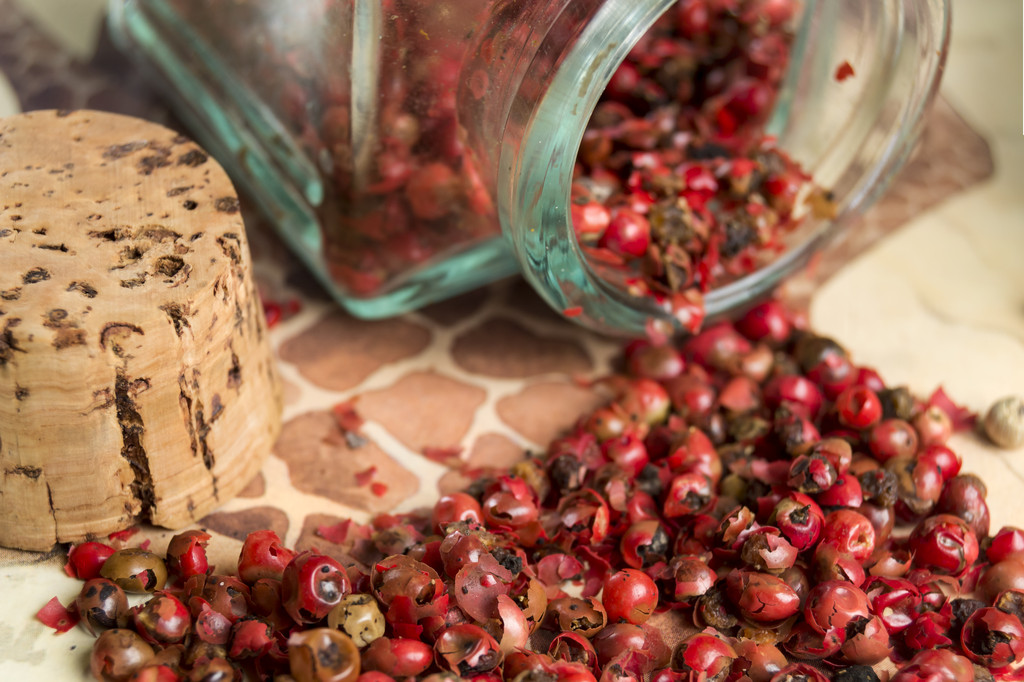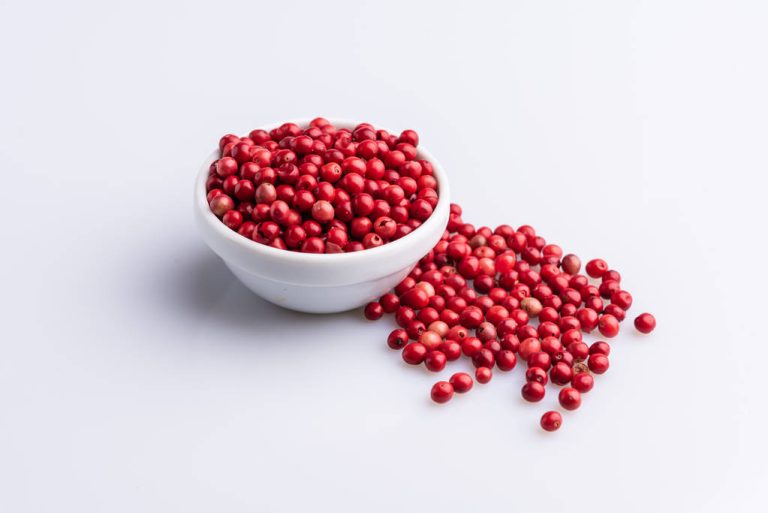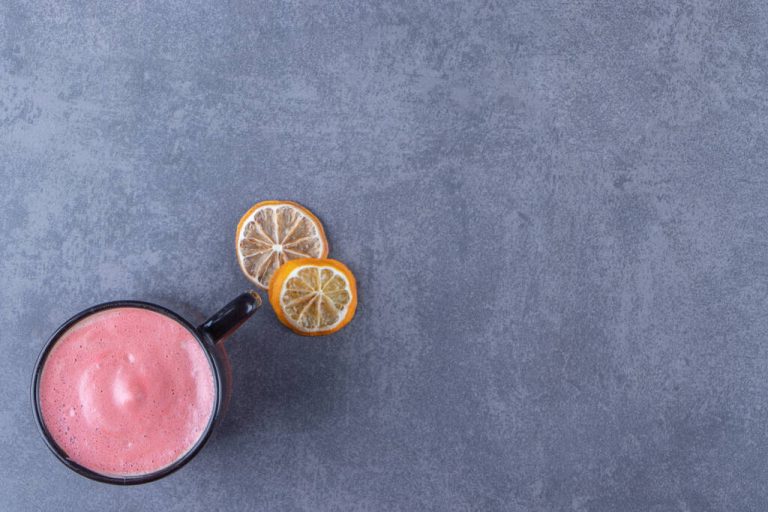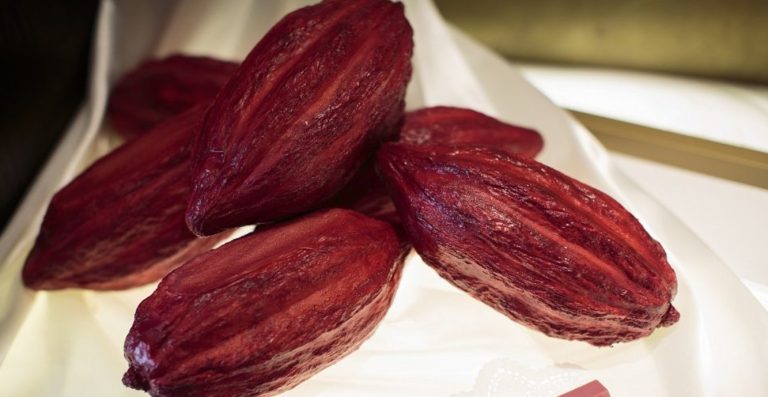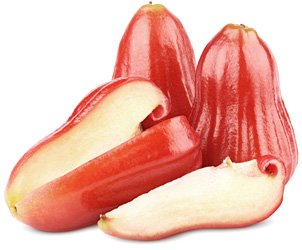Ruby chocolate is considered the fourth type of chocolate and impresses with its rich pink – without any coloring. Here you can find out what the fruity chocolate is all about.
Some describe the Ruby chocolate, which has been available since 2018, as a new chocolate sensation, because no new type of chocolate has been introduced after the white variant for a good 80 years. Ruby chocolate is characterized by its natural pink color and berry flavor – without any synthetic additives.
Ruby Chocolate: History and Uses

The pink cocoa bean was discovered by chance: a team of Swiss researchers examined cocoa pods from different growing regions for the world’s largest cocoa and chocolate manufacturer, Barry Callebaut. They came across pink cocoa beans that had a fruitier taste. After several years of research, special processes were developed that allowed the beans to retain their characteristic pink color even after fermentation and roasting. In addition, manufacturers add citric acid to the beans. This should also help to preserve the colour. In contrast, the seeds of the cacao fruit turn brown in the classic chocolate production.
However, the so-called ruby bean is not a special type of cocoa bean. Instead, traditional varieties such as Criollo, Trinitario and Forrastero are also used here. They come from the cocoa-growing regions of Brazil, Ecuador, Ghana and the Ivory Coast. Special test procedures have to be used to determine whether the respective beans are suitable for Ruby chocolate.
In terms of taste, the chocolate is characterized by its fresh, sour note and tastes berry-fruity. In contrast, the typical cocoa taste of dark chocolate is less pronounced. You can use the chocolate like conventional varieties – it is suitable both for snacking and for chocolate coating, for light mousse desserts or as a baking ingredient. A delicious recipe idea with ruby chocolate, for example, are quick ruby coconut pralines. You can find the recipe for it below.
Buying Ruby chocolate: you should know that
Ruby chocolate is now also available from us. You can find them in well-stocked supermarkets or in online shops – both in pure form and as an ingredient in sweets and bars.
Since the special manufacturing process is a well-kept secret of the Belgian chocolate manufacturer Callebaut, Ruby products have so far been based exclusively on Callebaut chocolate. There is no organic or fair trade certification, which is actually very important for cocoa products.
However, the manufacturer itself states that it only uses sustainably produced cocoa beans that have been processed as part of the Cocoa Horizon program. According to the manufacturer, UTZ certification is possible on request. Nevertheless, this does not come close to the requirements and controls of Fairtrade seals. If you want to use Ruby chocolate, you should only do so in moderation and use organic fair trade chocolate in everyday life.
There is currently no vegan Ruby variant. Callebaut’s classic Ruby chocolate is made up of at least 47.3 percent cocoa and at least 26.3 percent milk solids.
Ruby Coconut Chocolates: A quick recipe

Ingredients:
100g coconut butter
50 g maple syrup
50 g grated coconut
0.5 tsp salt
150 gRuby chocolate
Directions:
Melt the coconut butter in a water bath or in the microwave (note: coconut milk or coconut oil will not work here).
Add maple syrup, coconut flakes and salt and mix all ingredients.
Place the mixture in the freezer for 10 minutes.
Melt the ruby chocolate in a water bath.
Form about ten balls from the mixture and cover them with the melted ruby chocolate.
You can store the balls in an airtight container in the refrigerator for several days.

